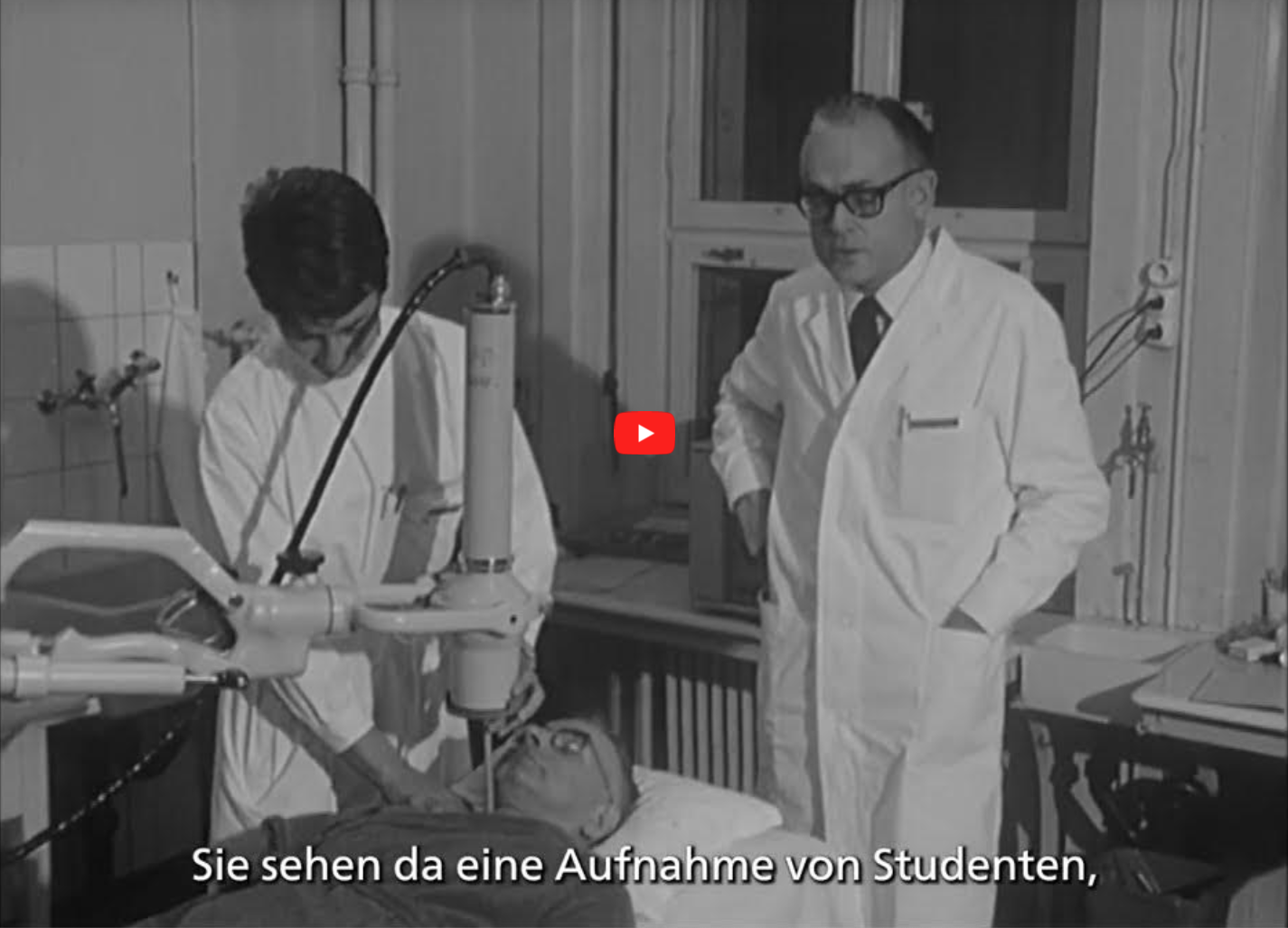Medical Education
Innovations for medical education created in Bern
The Institute for Medical Education (IML) at the University of Bern is over 50 years old, funded in 1971. As a national center of expertise, it carries out research on medical education and contributes to strengthen the quality of medical education internationally. An interview with its director, Sissel Guttormsen.
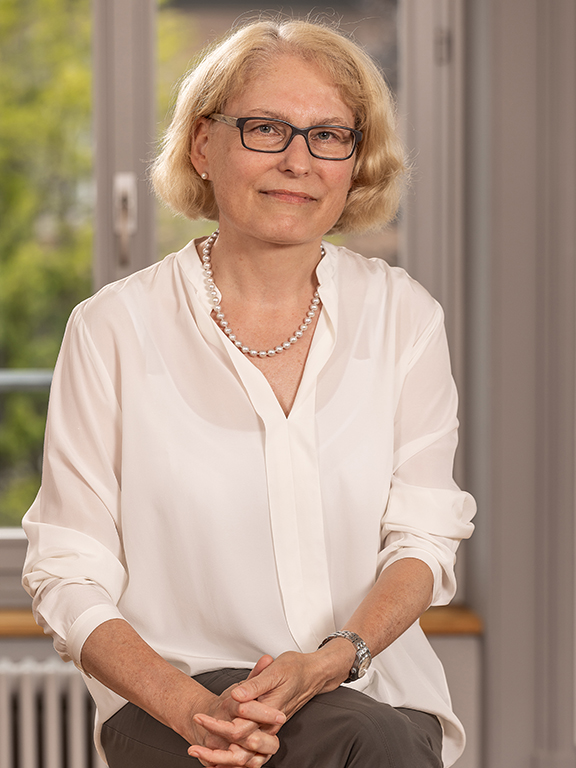
Sissel Guttormsen: Medicine had long been taught in Switzerland in the traditional classroom format. In the early sixties, however, a group of young doctors in Bern came to the conclusion that this approach no longer met modern requirements. They were inspired by the developments in the USA, such as block teaching and bedside teaching – i.e. group teaching at the patient’s sickbed. Their initiatives met with considerable resistance among the older professors, who feared a loss of their academic freedom.
Thanks to the tireless efforts of many individuals, a Bernese reform plan for the study of medicine was developed, at the end of the sixties at the national level and was subsequently implemented. This led to the founding of the forerunner of the IML, the Institute for Education and Examination Research, or IAE, in 1971. As an institute with a professor specifically for research and development into innovative teaching methods as well as the analysis of exams, it was at the time a novelty throughout Europe. Today, similar institutes are commonplace.
Production of an educational film under the direction of Prof. Hannes Pauli. © 1970 Swiss Radio and Television, licensed by Telepool GmbH Zurich
The education and training which is required in the field of medicine is unique in terms of its complexity. On the one hand, it has to impart an ever-increasing amount of basic and specialist medical knowledge. On the other hand, the subject matter differs greatly between the specialist fields – such as surgery and psychiatry, for instance.
One of the things that I find particularly interesting is that medicine is also requires a lot of practical skills. It is a professional training with an exceptionally high quality assurance requirement. It may be the case that only the training of airline pilots is stricter. And you can certainly imagine what can go wrong in either of these fields if the professionals involved are not masters of their brief. That is why a lot more emphasis is now placed on different competencies, i.e. you need to not only master the theory, but also to practice it in its entirety.
Can you give an example?In addition to the various manual and technical skills in the different patient settings, it also means excellent communication skills. Health care practitioners need to be able to talk with their patients in a patient centred way: creation trust, implementing shareed decisions, and informing them effectively and understandably, all this can be learned. Doctors used to ‘call all the shots’, but in today’s world of medicine, we work in a more patient-centered way and decisions are made co-operatively with the patients. It is also about specific situations, such as delivering bad news or dealing with aggression. There are communication models now available which provide doctors with guidance for these situations.
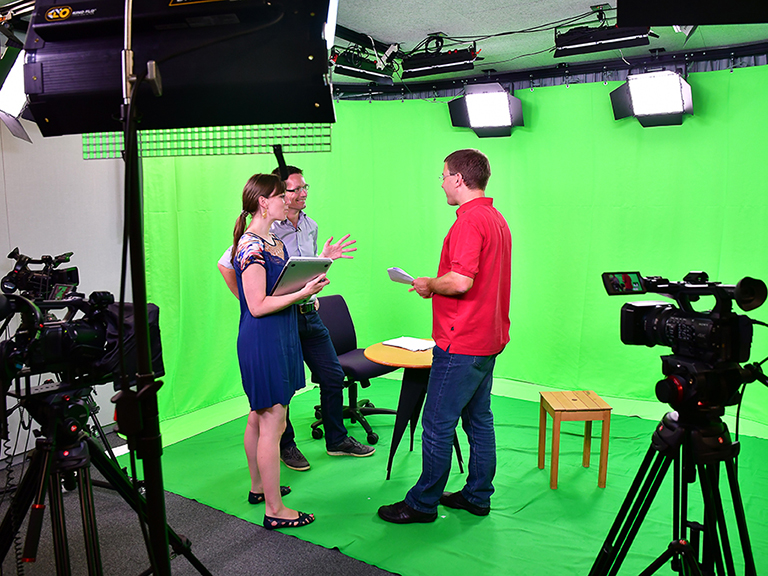
It has set a national precedent in both “bedside teaching” and “problem-based learning”, in which the students themselves develop solutions to specific problems rather than just absorbing information. We have also been pioneers in the now widespread digitalisation process: In my time, that is, since 2005, the entire examinations cycle has been digitized. Step by step, we have been moving away from paper exams to the full execution of the written exams on tablets– and for the Swiss Federal Examination (EP), realized first time on tablets in 2022. The practical part of the EP has been supported digitally since 2015. I am proud of this innovation and the teamwork that we put in to achieve it.
In what other ways is medical education being influenced by the digitalisation process?Students now learn almost paperless; today, very few textbooks are used. I find it fascinating that all the theoretical and practical knowledge for the study of medicine can be taught with support of digital learning media. It is not necessary to practice everything directly on patients from the very start – that would not be ethical either. It is, however, necessary strengthen practical skills over time through the direct interactions with the patients. The IML has always offered its learning media at the cutting edge of technology, which originally started with audio-visual analogue systems. The tried-and-tested tools and learning media that we use are developed especially for teaching in Bern, but are also open to the public and used internationally.
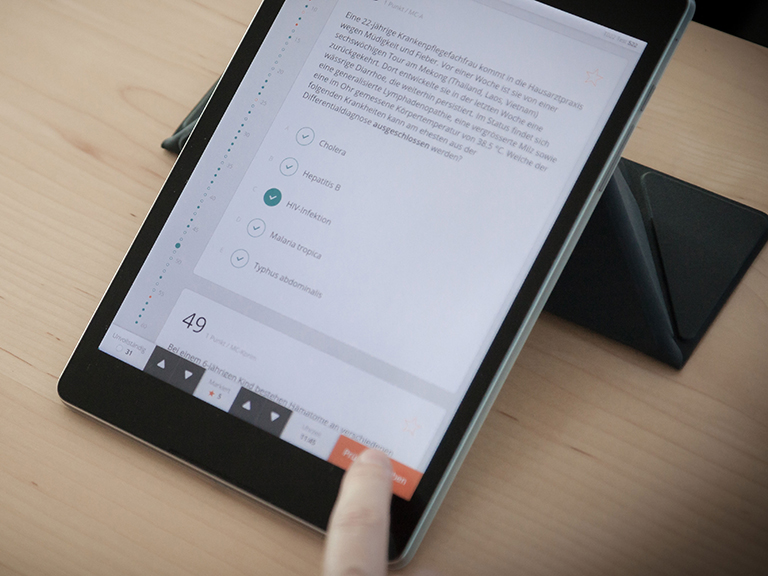
No, because the challenges are always changing. The problem is that although the curriculum is full, new subjects continue to emerge and demand a place in the teaching, such as precision medicine and gender medicine – which, in the latter case, means the discipline which researches and teaches that, for instance, a heart attack can occur with completely different symptoms in women than it does in men. Needs are but forward to introduce such new subjects into the curriculum all the time, although it is proving very difficult to do.
How are you dealing with this?It is not easy to rearrange a curriculum that has been developed over the course of several decades. However, we can make improvements to the education itself, such as by better supporting students with their self-directed-learning or by increasing their levels of information literacy: How should I choose the information that I actually need from the enormous amount of information which is available? How should I learn? At the moment, however, this is given too little room in the curriculum. This means that we need to constantly come up with new ideas to be able respond to the new developments.
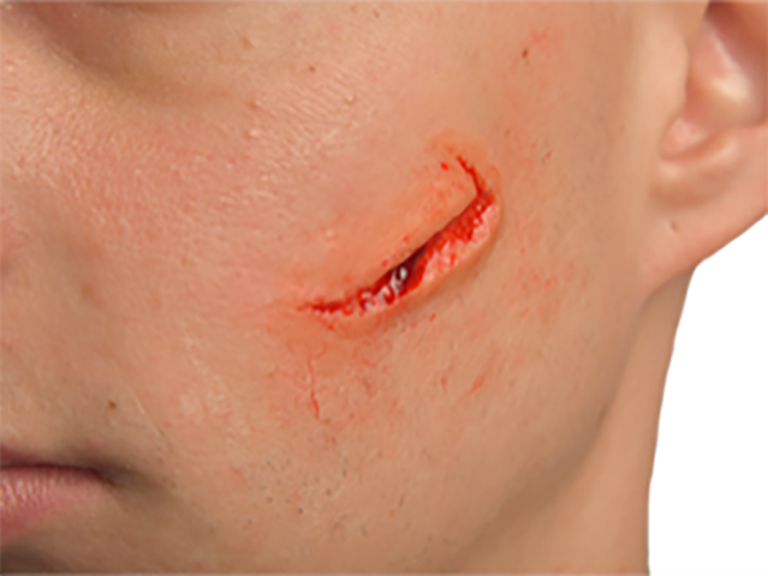
A dynamic form of teaching that provides state-of-the-art expertise and at which faculties specifically promote expertise in teaching. In addition to the specialist expertise, the teaching skills of the lecturers are very important. This is supported by “Faculty Development Programs” for skills in teaching. We conduct research and develop concepts to support teachers in their everyday clinical work. We also participate in developing a “Teaching Curriculum” for them with various courses aiming at raising the quality of teaching. Not every doctor is born for “bedside teaching”, and not every doctor knows how to lead group work. I would like to see this become a natural continuing education activity for medical teachers, as it is mandatory to attend courses for continuous professional development.
Is there anything that you would like to convey specifically?While technology and efficiency are important to me, I also want to improve something else in the teaching: The sense of humanity in medicine. Health care professionals need to be encouraged to recognize their own limits, much in the same ways as they need to recognize their patients’ personal needs, and learn how to manage both. In cooperation with clinicians, we carry out various projects in the field of palliative care, “Compassion Training” and “Communicating about spirituality”, for example. These projects address questions like “what is the point of life if I can’t live it fully?” There should be room for emotions – and that means both for the patients and the health care professionals. This is another area in which we can achieve a great deal with good teaching and conscious role modeling.
What are your wishes for the future?That we continue to monitor the divers needs and challenges in medical education, consistently providing good and sensible solutions, which are also applicable. To achieve this, we must stay in touch with our foundations and fulfill our quality aspirations. We also want to be a good employer and attract and retain new employees for our fascinating and important work.
About the Instiute for Medical Education
Under the leadership of prof. Sissel Guttormsen, the Institute for Medical Education (IML) at the University of Bern develops and supports local, national and international projects in medical education, continuing and advanced training. It employs approximately 80 people in a multinational and interdisciplinary environment. Its experts, including people from the medical and social sciences, economy, technology and administration, work closely with partner institutions in the interests of completing assignments and offering services. The institute brings experience and expertise in the fields of teaching, assessment and development together under one roof. The foundations for the IML were laid in 1969 with the Department for Training Research (AAF), which was followed by the creation of the Institute for Education and Examination Research (IAE) in 1971. In 2004, its name was changed to the Institute for Medical Education. In 2021, the IML turned 50 years old; the anniversary celebration was postponed due to the pandemic.
About the author
Nathalie Matter is an editor responsible for the topics of medicine and health as well as animal experimentation at the Communication and Marketing Office.
